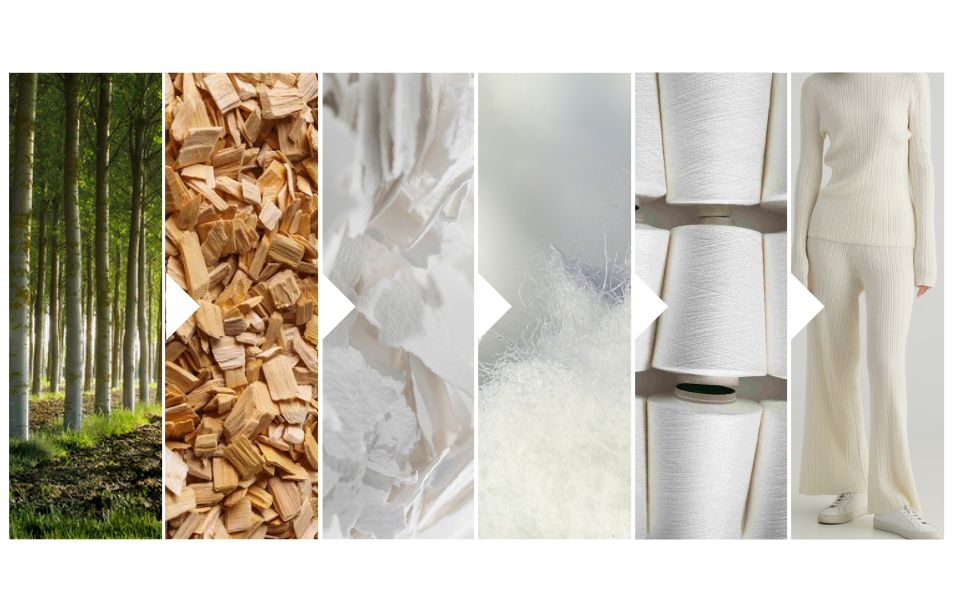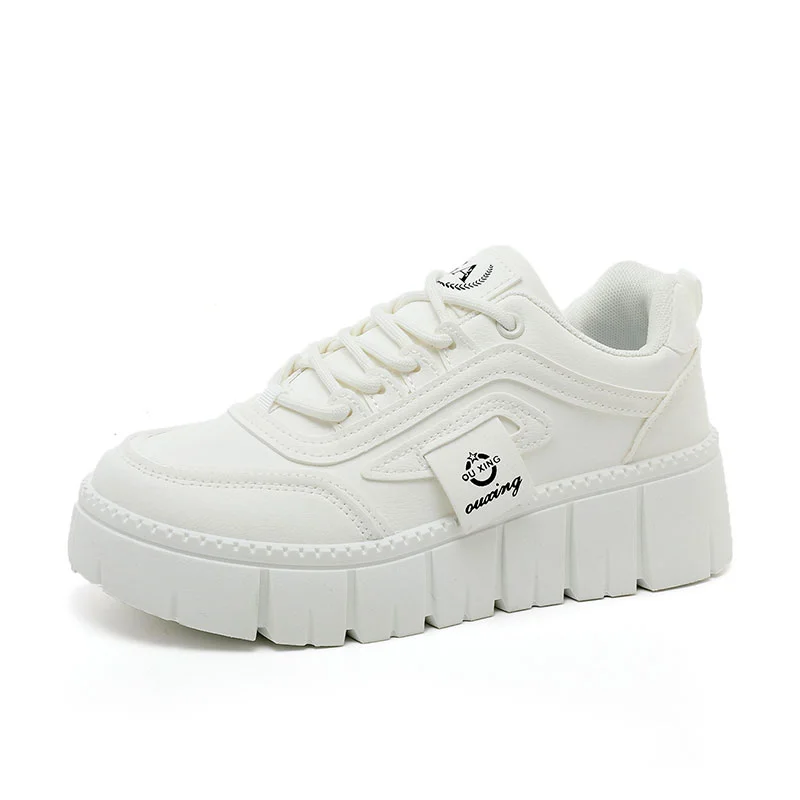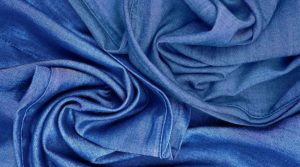In the realm of textile fibers, the competition between various materials is fierce. One such battle is between modal and viscose, two popular choices in the fashion industry. While both are derived from natural sources, modal has emerged as the superior option due to its exceptional properties and sustainable production methods. In this article, we delve into the reasons why modal surpasses viscose, exploring its unique characteristics and the benefits it offers.
- Unparalleled Softness and Comfort:
Modal, known for its luxurious softness, provides an unparalleled level of comfort when compared to viscose. This can be attributed to its unique manufacturing process, which involves spinning reconstituted cellulose fibers. The resulting fabric is not only incredibly soft but also has a smooth, silky texture that feels gentle against the skin. In contrast, viscose, although also soft, lacks the same level of comfort and tends to lose its softness over time. - Enhanced Durability and Longevity:
Modal fabric exhibits remarkable durability, making it an ideal choice for garments that require longevity. Its strong fibers can withstand frequent washing and maintain their shape and color even after multiple cycles. On the other hand, viscose, while initially durable, tends to lose strength over time, leading to fabric pilling and a shorter lifespan. This makes modal a more sustainable and cost-effective option in the long run. - Moisture Absorption and Breathability:
Modal fabric possesses excellent moisture absorption properties, making it highly breathable and comfortable to wear in various climates. It efficiently wicks away moisture from the body, keeping the wearer cool and dry. Viscose, although also breathable, does not possess the same level of moisture-wicking capabilities as modal. This makes modal an excellent choice for activewear, underwear, and other garments that require moisture management. - Eco-Friendly Production:
Modal fabric is produced using sustainable and environmentally friendly methods. The raw material, beechwood, is sourced from renewable forests, ensuring minimal impact on the environment. The manufacturing process utilizes a closed-loop system, where the chemicals used are recycled and reused, reducing waste and pollution. In contrast, viscose production involves the use of harsh chemicals and often lacks the same level of sustainability as modal.
Conclusion:
In conclusion, modal fabric surpasses viscose in terms of softness, durability, moisture absorption, and sustainability. Its luxurious feel, enhanced longevity, and eco-friendly production methods make it a preferred choice for conscious consumers and fashion enthusiasts alike. Whether it's for everyday clothing or specialized activewear, modal offers a superior alternative to viscose, combining comfort, style, and environmental responsibility.








+ There are no comments
Add yours